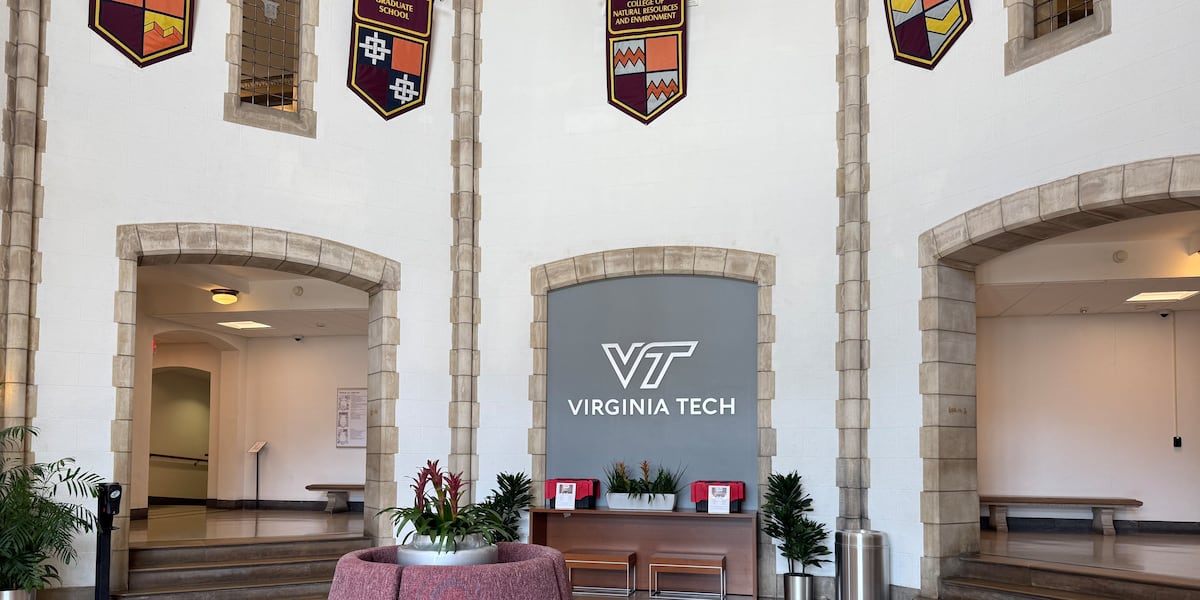Guam's IT Crisis: Time for a Major Overhaul to Avoid Further Disruptions

The recent and prolonged disruption to driver's license and Guam ID processing at the Department of Revenue and Taxation (DRT) wasn't just a minor inconvenience; it was a stark illustration of a deeper, systemic problem within Guam's IT infrastructure. This incident, now widely referred to as the “IT shutdown,” has exposed critical vulnerabilities and highlighted the urgent need for significant investment and modernization, particularly within the Guam Office of Technology.
For residents, the fallout has been substantial. Lengthy delays in obtaining or renewing essential identification documents have impacted employment opportunities, travel plans, and access to crucial services. Businesses have also felt the ripple effects, facing challenges related to employee verification and customer service.
The root cause of the issue appears to stem from outdated systems and a lack of adequate redundancy. Legacy software, unsupported hardware, and insufficient disaster recovery protocols have created a fragile environment, susceptible to even minor technical glitches. When problems arise, the lack of readily available backups and failover systems amplifies the impact, leading to prolonged outages.
While the DRT is undoubtedly at the forefront of this crisis, it's crucial to recognize that it's symptomatic of a broader problem affecting multiple government agencies. Many departments continue to rely on antiquated technology, hindering efficiency, increasing security risks, and ultimately impacting the delivery of vital public services.
What needs to be done? A comprehensive overhaul of Guam's IT infrastructure is no longer a luxury – it's a necessity. This should involve several key steps:
- Modernization of Systems: Replace legacy systems with modern, scalable, and secure platforms. Cloud-based solutions should be seriously considered to enhance resilience and reduce operational costs.
- Investment in Cybersecurity: Strengthen cybersecurity defenses to protect sensitive data and prevent future breaches. This includes implementing robust firewalls, intrusion detection systems, and regular security audits.
- Disaster Recovery Planning: Develop and rigorously test comprehensive disaster recovery plans to ensure business continuity in the event of system failures or natural disasters.
- Skills Development: Invest in training and recruitment to build a skilled IT workforce capable of managing and maintaining modern infrastructure.
- Centralized IT Management: Strengthen the role and authority of the Guam Office of Technology to provide centralized IT leadership, standardization, and oversight across all government agencies.
The cost of inaction is far greater than the cost of investment. Continued reliance on outdated technology will only lead to more disruptions, increased security risks, and a decline in the quality of public services. The time for debate is over. It’s time for decisive action to modernize Guam’s IT infrastructure and ensure a more reliable and secure future for all residents.
The Guam legislature and the Governor must prioritize this issue and allocate the necessary resources to implement a comprehensive IT modernization plan. This is an investment in Guam’s future – an investment that will pay dividends for generations to come.






